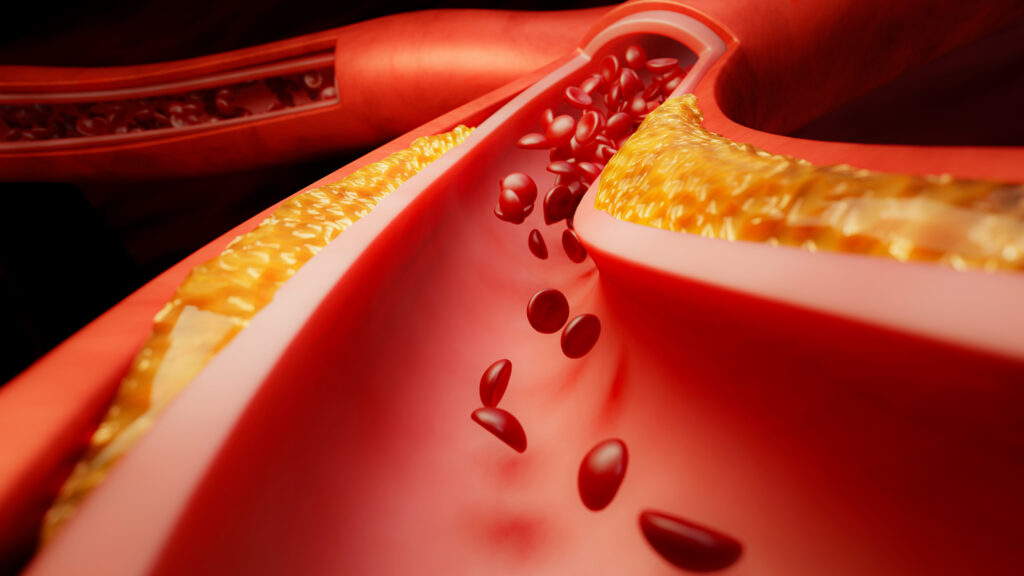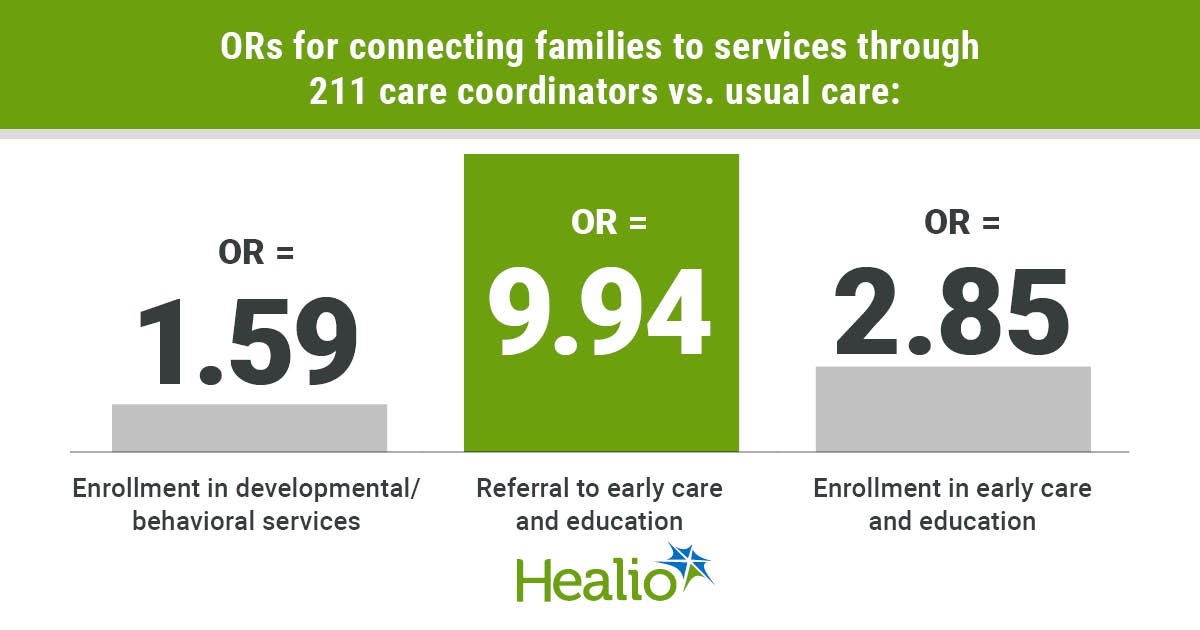August 15, 2025
4 min read
Key takeaways:
- Firefighters had a significantly higher risk for death from skin cancer than career professionals.
- Long-term follow-up suggests firefighters have significant risk for lung cancer mortality, too.
Firefighters have a dangerous job, and their risk for death goes beyond the blazes they face.
An American Cancer Society analysis found firefighters have a significantly higher risk for skin cancer mortality than career professionals, and they are “likely” at greater risk for death from other malignancies, too, including kidney and lung cancer, Lauren R. Teras, PhD, senior scientific director of epidemiology research at American Cancer Society, told Healio.

Firefighters had a statistically significant higher risk for any-cancer mortality compared with career professionals. Image: Adobe Stock.

Lauren R. Teras
“Firefighters risk their lives in a very immediate way from the fire itself. It is well known that there are acute health consequences of inhaling smoke, experiencing extreme heat, and being in unstable or otherwise dangerous environments,” she said. “But what this research helps shed light on is that there are also repercussions that go on years and years and years later.”
‘Limited’ evidence, ‘inadequate’ data
The U.S. had 1,018,100 career and 635,100 volunteer firefighters in 2023, according to National Fire Protection Association.
Fatal firefighter injuries have consistently declined over the past half century, dropping from 174 in 1978 to 51 in 2024, the association reported earlier this year.
However, other health issues remain a concern.
In 2022, an International Agency for Research on Cancer working group concluded that occupational exposure as a firefighter increased the risk for mesothelioma and bladder cancer.
The group could not conclude causality for other cancers, though, citing “limited” evidence for colon, prostate and testicular cancers, non-Hodgkin lymphoma and melanoma, and “inadequate” data for lung, thyroid and all other cancer types, according to study background.
“There are many things that cause cancer,” Teras said. “One of the limitations of previous studies is that they often compare cancer rates among firefighters to cancer rates in the general population, without being able to account for other things that cause cancer. For example, you may see higher rates of lung cancer in the general population because of higher smoking rates, but that doesn’t mean firefighting isn’t also causally linked to lung cancer. You may not be able to see the link to firefighting because cigarette smoking overwhelms it.”
American Cancer Society’s Cancer Prevention Study-II allowed Teras and colleagues to evaluate associations between firefighters and cancer mortality while accounting for factors such as age, race, smoking, alcohol use, BMI, exercise and education.
Researchers recruited approximately 1.2 million individuals into the study between 1982 and 1983.
Teras and colleagues included 473,840 men (mean age, 57.2 years; standard deviation, 10 years; range, 28-89; 94.1% white) in their investigation since only nine women reported being a firefighter in the original study.
The cohort included 3,085 firefighters who worked for an average of 19.5 years (standard deviation, 9.3 years). Most of them (83%) reported their main lifetime job was being a firefighter.
The most common professions for non-firefighters included manager/director/owner (14.5%), cashier (9%) and teachers/school administrators (6%).
Mortality risk for various cancer types for firefighters served as the primary endpoint.
‘Leads to more cancers’
Firefighters had a statistically significant higher risk for any-cancer mortality compared with career professionals after adjusting for age (HR = 1.25; 95% CI, 1.16-1.35).
The association remained significant after accounting for smoking, race, alcohol use, BMI, exercise, region of residence, and neighborhood income (HR = 1.11; 95% CI, 1.03-1.2), but it fell just below significance after adjusting for education (HR = 1.03; 95% CI, 0.95-1.12).
Firefighters had a statistically significant mortality risk for skin cancer compared with career professionals after accounting for all variables (HR = 1.72; 95% CI, 1.14-2.6).
“The skin cancer [results] completely floored me,” Teras said.
“A lot of people survive skin cancer depending on what type they have,” she added. “This homes in on the fact that firefighters may be at risk for those more dangerous types.”
In models that only adjusted for age, firefighters had a significant risk for death from lung and kidney cancer, but the association dropped just below significance in fully-adjusted models.
“Skin cancer may be the only one that is ‘statistically significant,’ but I would not say that it is the only one of note,” Teras said. “Importantly, in the body of literature in general, [the data are] suggestive that occupation as a firefighter leads to more cancers than just the ones that have already been causally linked.”
Teras noted data showing firefighters had a significant risk for lung cancer mortality (HR = 1.45; 95% CI, 1.02-2.07) between 30 and 36 years of follow-up.
“Lung cancers take a very long time to develop,” she said. “It may be that you just have to follow people for that long in order to really see these associations.”
Researchers acknowledged study limitations, including lack of information on the tasks firefighters performed and lack of data on rarer malignancies.
Teras highlighted multiple areas that required future research, including investigations into women firefighters.
“Understanding what the risks are for female outcomes of all sorts, including reproductive outcomes and female cancers like ovarian, endometrial and breast cancer,” she said. “We really need to do more research there to understand whether there are elevated risks for female firefighters.”
Research into rural vs. urban firefighters, and exposures that might cause malignancies are warranted, too.
“The data highlight the importance of continuing to improve personal protective equipment, provide prevention, screening and early detection tools where possible, particularly for populations like firefighters who are out there on the front lines fighting for you and me every day, and for which we know there are both short-term and very real long-term consequences for those actions,” Teras said.
References:
For more information:
Lauren R. Teras, PhD, can be reached at lauren.teras@cancer.org.










